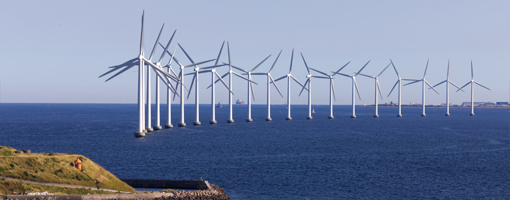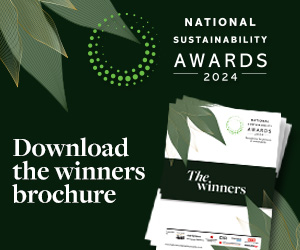A new report from S&P Global Ratings reveals that corporate green bonds have been slow to catch on in the US, despite issuer willingness to consider sustainable financing in the capital mix.
Highlights of the report include news that annual global green issuance has increased dramatically over the past five years as issuers and investors look for a ‘greenium’, but there is an expectation that the growth rate will slow down compared to 2017’s rapid 85 per cent rate. A part of this deceleration is due to rising interest rates, as well as the rise of social and ESG-linked corporate note/bond issues as issuers broadened their sustainability agendas.
S&P notes that issuers are not prioritising green over non-green issuances because of a 10-15 basis point difference in debt financing, with some even arguing that the costs of compliance and reporting erode the difference.
S&P also attributes the regional differences to a majority of green issuers being investment-grade companies where spreads between rating categories are typically narrower, especially in a low-interest rates environment. However, the spread difference between green and ‘vanilla’ bonds will be larger as interest rates rise and a broader swath of the credit spectrum issues green bonds.
Finally, another objection is that the green label focuses on the issue and its use of proceeds, rather than the rest of the business of the issuer. Many investors are unwilling to buy green bonds from a company in an industry known for its pollution, so, for example, a bond related to renewable energy from an oil company.
Latest News
-
Private health provider awards £10,000 to arthritis research team
-
Building Society hands out £1m to tackle inequality
-
Premier League and Comic Relief partnership aims to improve children’s mental health
-
Russell Hobbs launches food poverty campaign in schools
-
Tottenham Hotspur and charities launch film to tackle mental health stigma
-
Cardfactory funds homelessness charity’s team of psychologists
© 2019 Perspective Publishing Privacy & Cookies







Recent Stories